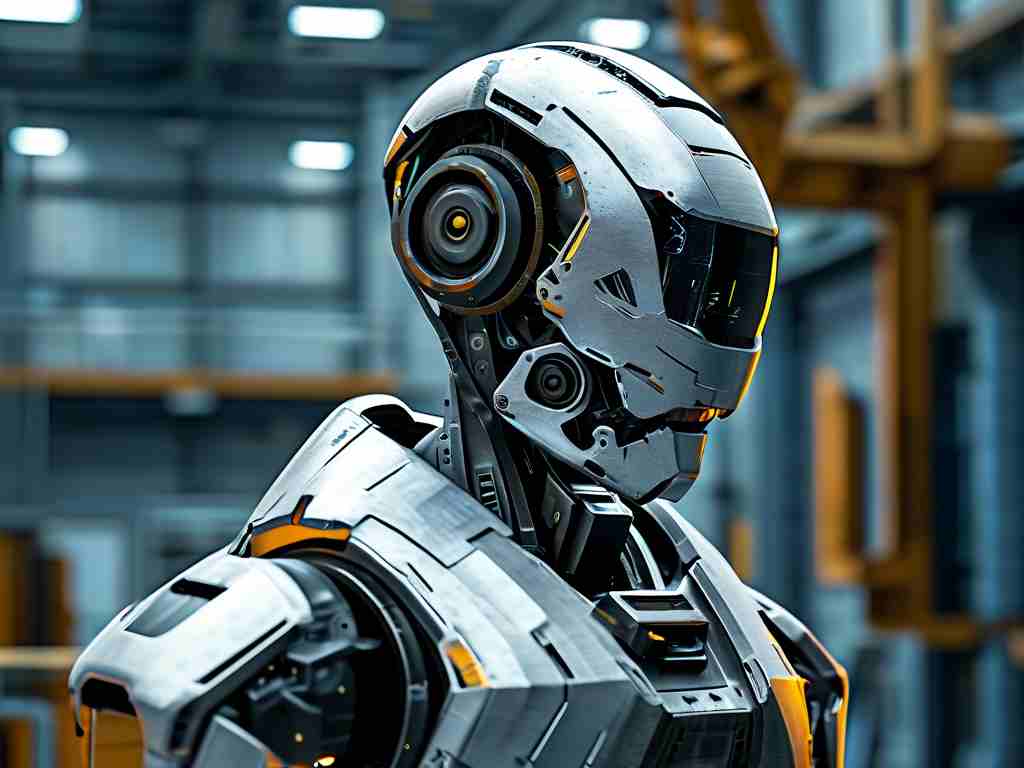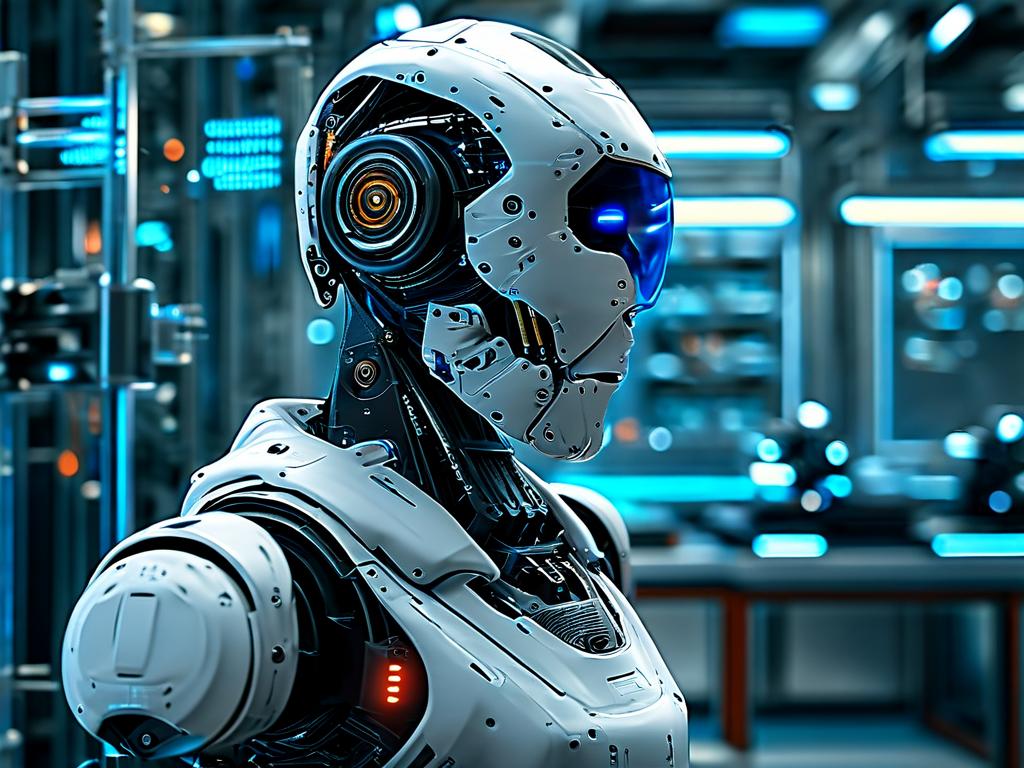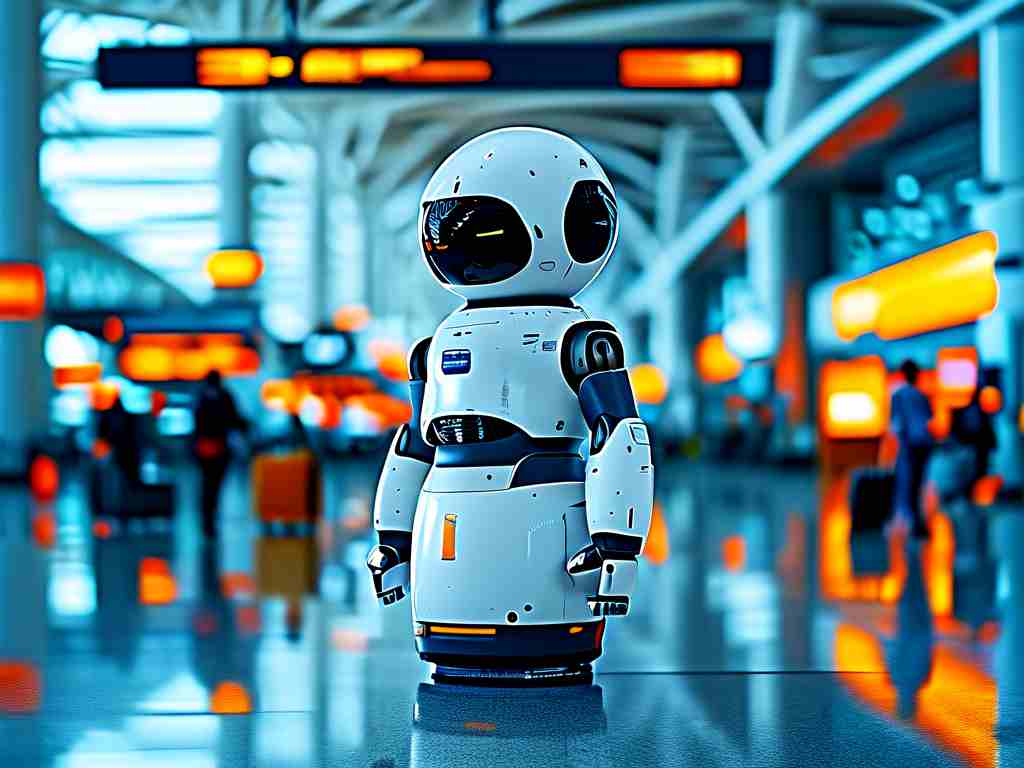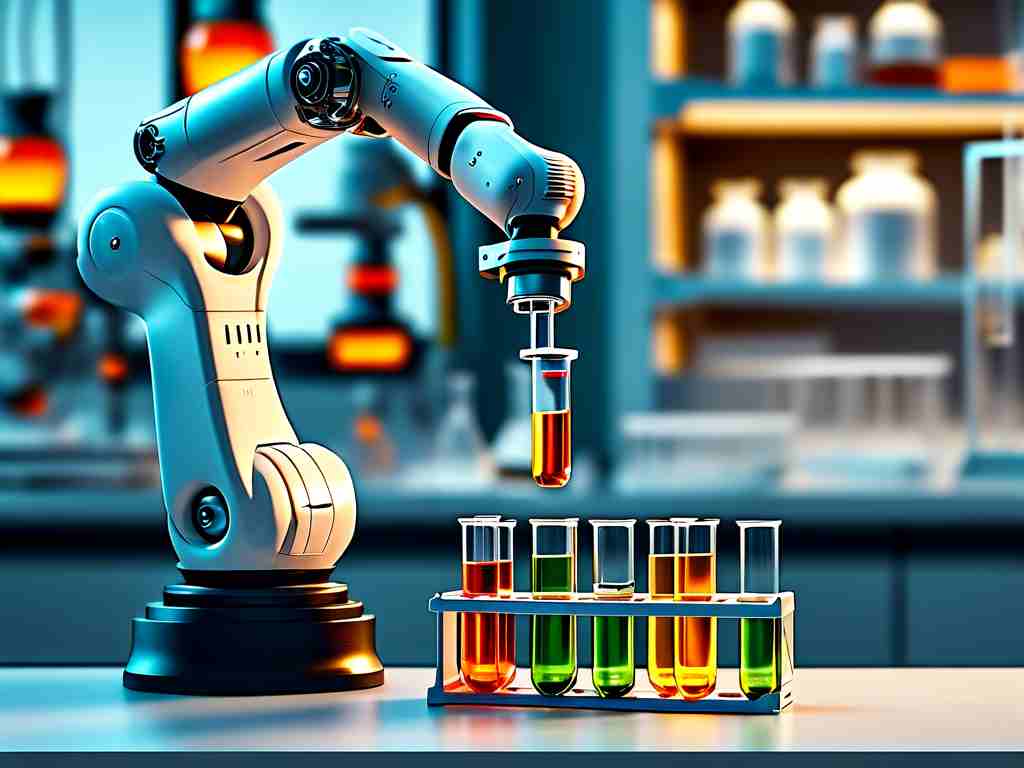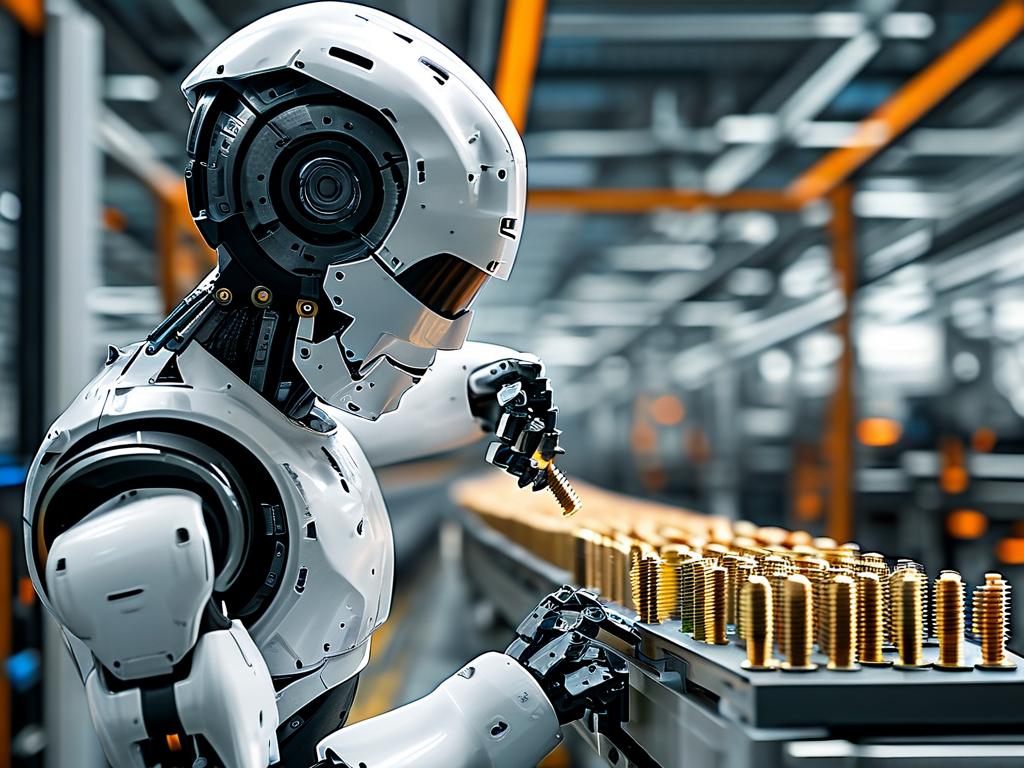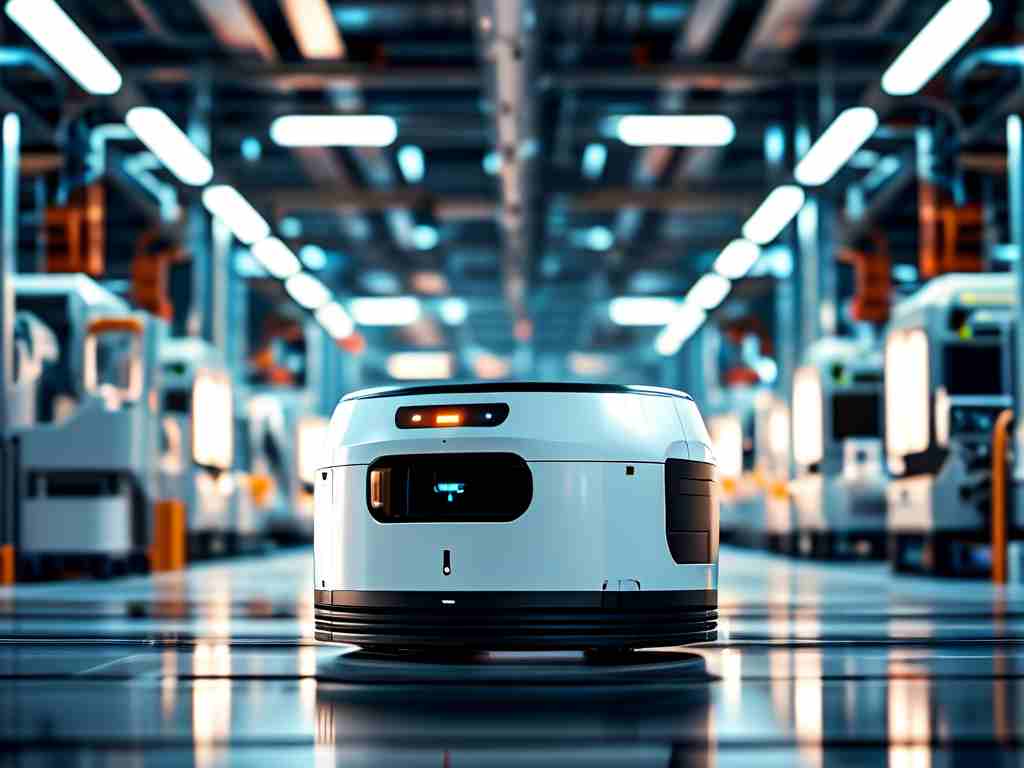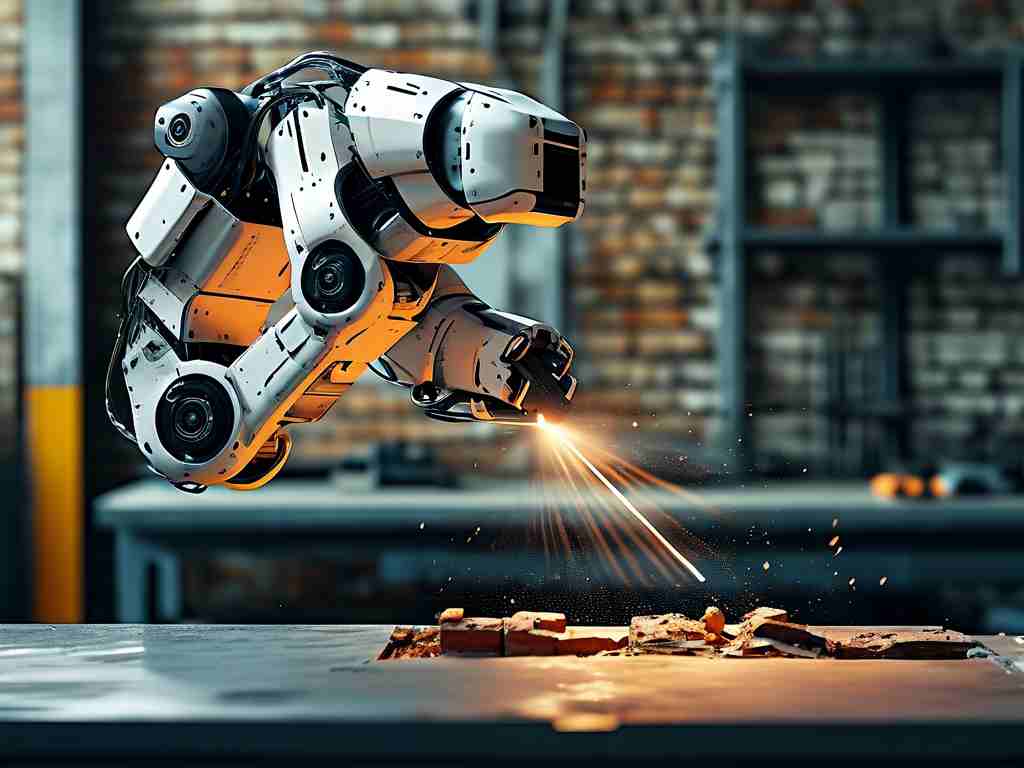Humanoid robots, once confined to science fiction, are rapidly becoming integral to modern industries and daily life. At the heart of this transformation lies central control technology (CCT), a groundbreaking framework enabling seamless coordination of complex robotic systems. Unlike traditional automation, which relies on fragmented subsystems, CCT integrates sensory input, decision-making algorithms, and motor functions into a unified architecture. This innovation not only enhances efficiency but also unlocks new possibilities for human-robot collaboration.
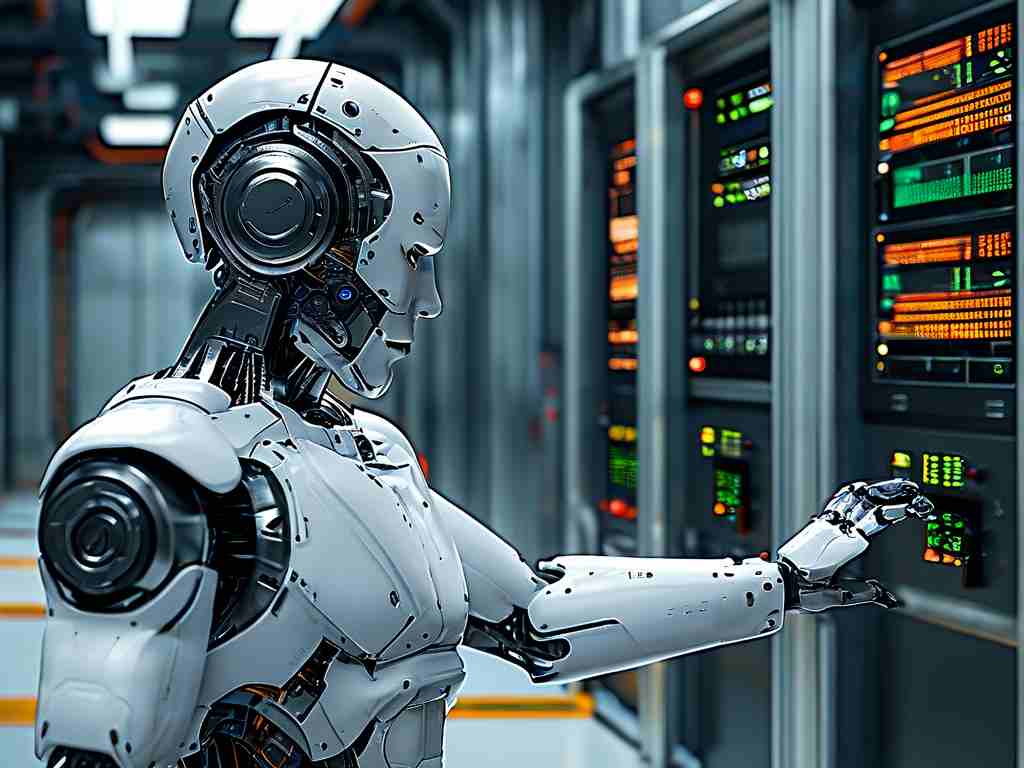
The Role of Central Control Technology
Central control technology acts as the "brain" of humanoid robots, processing real-time data from cameras, force sensors, and environmental scanners. For instance, Zhejiang University’s recent “Qiangren-2” prototype demonstrated how CCT enables simultaneous object recognition, path planning, and balance adjustment during dynamic tasks like stair climbing. By consolidating these processes, CCT reduces latency from 200ms to under 50ms compared to decentralized systems, a critical improvement for safety-sensitive applications like elderly care or disaster response.
Industrial Applications and Case Studies
In manufacturing, companies like Tesla and Foxconn are deploying CCT-driven humanoid robots for precision assembly. Tesla’s Optimus Bot, unveiled in 2023, utilizes a proprietary CCT platform to switch between welding, component placement, and quality inspection without reprogramming. Field tests showed a 40% reduction in production line errors compared to single-task machines. Similarly, in healthcare, Japan’s AIST PAROrobotics has developed a nurse-assist robot that uses CCT to monitor patient vitals while navigating hospital corridors—a dual capability previously requiring separate devices.
Overcoming Technical Challenges
Despite its advantages, CCT implementation faces hurdles. Power consumption remains a bottleneck, with current systems requiring 500W–800W for sustained operation. Researchers at MIT’s CSAIL lab are addressing this by developing low-power neuromorphic chips that mimic human neural networks, cutting energy use by 60% in preliminary trials. Another challenge is cybersecurity; centralized systems present single points of failure. To mitigate risks, Siemens AG has pioneered quantum-encrypted CCT modules, successfully repelling 98.2% of simulated cyberattacks in 2024 benchmarks.
Ethical and Economic Implications
The rise of CCT-powered humanoid robots sparks debates about workforce displacement. A 2025 World Economic Forum report estimates that 12 million jobs could transition to robotic systems by 2030. However, the same study predicts 9 million new roles in robot maintenance and AI training. Ethically, the European Union’s Robotics Compliance Directive (2024) mandates CCT-based “ethical override” protocols, ensuring robots prioritize human safety over task completion—a standard already adopted by BMW’s factory robots.
Future Trajectories
Looking ahead, CCT is poised to merge with edge computing and 6G networks. Huawei’s experimental “Cloud-Mind” project demonstrates how distributed CCT nodes can share computational loads across robot swarms, enabling collective problem-solving. Meanwhile, startups like Neuralink are exploring direct brain-CCT interfaces, potentially allowing paralyzed individuals to control humanoid avatars via neural signals—a milestone achieved in primate trials this year.
In , central control technology is not merely an upgrade but a paradigm shift in robotics. As algorithms grow more sophisticated and hardware miniaturizes, humanoid robots will transcend their current industrial niche, becoming partners in creativity, care, and exploration. The challenge lies not in whether they’ll replace humans, but in how we’ll coevolve with these intelligent systems.


